🎨 Comparing Line and Outline Thickness: How to Choose the Right One for Your Design
Line and outline thickness is a powerful tool in fashion design that affects how your drawing looks and feels. Here’s how to pick the perfect thickness:
✨ 1. Thin Lines — Lightness & Elegance
Thin lines are perfect for delicate fabrics and fine details. They keep your design neat and airy without overload. Try 0.5–1 px thickness for silk, lace, or delicate blouses.
⚖️ 2. Medium Thickness — The All-Rounder
Medium lines suit most styles. They clearly define shapes and details while keeping balance between clarity and softness. Use 1.5–2.5 px for everyday clothes, denim, and dresses.
💥 3. Thick Lines — Bold Accents & Graphic Style
Thick outlines add weight and drama, making details pop. Great for sporty, streetwear, or structured looks. Aim for 3 px and above.
🔄 How to Combine Different Thicknesses?
🪡 Thin lines — for tiny details and textures (seams, patterns)
🧵 Medium lines — for main contours and garment shapes
🔥 Thick lines — for edges, accessories, and focal points
Mixing these creates depth and makes your sketches more dynamic and stylish.
📝 Examples
👗 Example 1:
For a floral skirt, use thin lines to trace the flowers, medium lines for the skirt’s shape, and thick lines for the waistband and pockets.
🧥 Example 2:
In a sporty jacket, use thick lines for shoulders and zippers, medium for seams, and thin for small details like cuffs and collars.
✨ Outline vs Shadow: What’s the Difference and When to Use Each?
At first glance, outline and shadow might seem similar — both help define shapes. But they serve different purposes. Let’s explore how to use them effectively in your designs.
🖊 Outline
An outline creates a clear, graphic border. It emphasizes the silhouette and can either highlight or simplify the shape.
✅ When to use:
- For stylized, crisp looks (especially in graphic or bold designs);
- To separate different parts (like a waistband and skirt);
- When working in high-contrast or black-and-white palettes.
⚠️ Beware: thick outlines can make a design feel heavy.
🌫 Shadow
Shadows add volume and a sense of light. They work softly and make elements look more realistic.
✅ When to use:
To add depth and fabric volume;
For smooth transitions, especially in light or monotone outfits;
To separate details without harsh lines.
⚠️ Too much shadow can make a design look muddy or dark.
💡 Combine Them!
The best results often come from smart combinations:
- Use outlines for defining shape,
- Use shadows for adding depth.
Example
- On a light dress, use a soft shadow along fabric edges to enhance softness.
- For a streetwear jacket, choose a sharp outline around the sleeves to emphasize structure.












